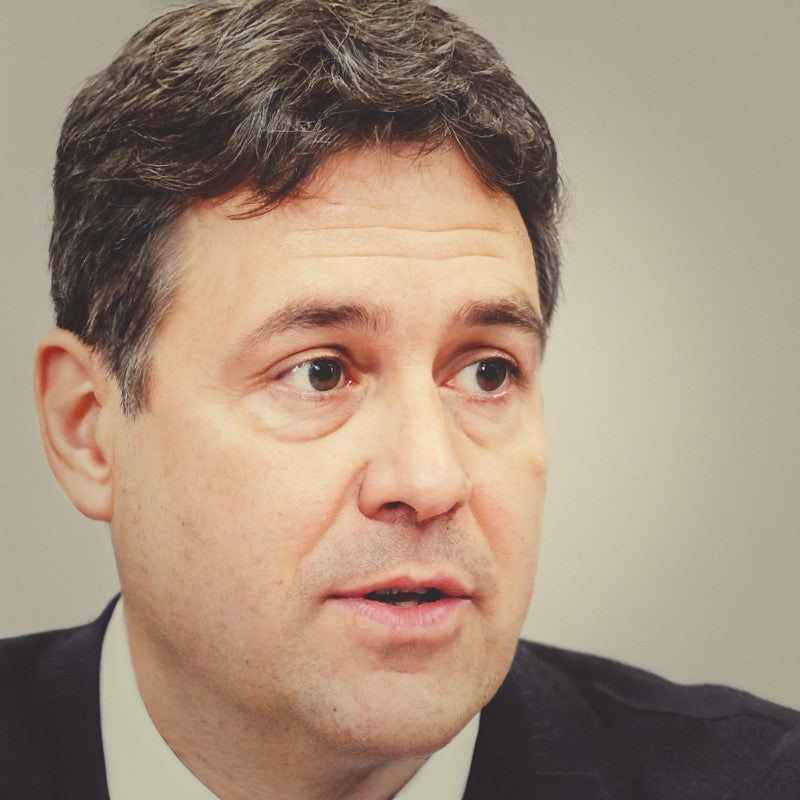Hello and welcome! If you're preparing for a Civil Service interview at the Higher Executive Officer (HEO) level and want to ace the behavior Seeing the Big Picture, you're in the right place. This guide is designed to help you understand the behavior, master answering related questions using the B-STAR method, and avoid common pitfalls along the way. Let’s dive in!
What is "Seeing the Big Picture" and Why Is It Important for HEO?
Seeing the Big Picture means understanding how your work fits into the broader goals and objectives of your department, as well as the wider Civil Service. It's about being aware of long-term strategies, recognizing the wider impact of your decisions, and aligning your work with organizational goals.
At the HEO level, this behavior is crucial because you're expected to handle more complex work and influence decisions that impact the broader organization. You should be aware of the bigger context in which your team or department operates. How does this differ from other levels? At junior levels, "Seeing the Big Picture" may be more about understanding team goals, but at HEO, it's about looking beyond your immediate duties and having a broader perspective on departmental and governmental goals.
How to Answer "Seeing the Big Picture" Questions Using B-STAR
To structure your answers effectively, use the B-STAR method. Here’s what each part stands for:
- B = Belief: Share your values and beliefs about why it’s important to see the bigger picture in your role.
- S = Situation: Describe a situation where you had to demonstrate an understanding of the bigger picture.
- T = Task: Explain the task you were responsible for in that situation.
- A = Action: Detail the actions you took to align your work with the bigger picture.
- R = Result: Highlight the positive outcome of your actions, showing how it benefited the broader organization.
Let’s break down each part:
1. Belief
Start by expressing your belief in how vital it is to understand the bigger picture at the HEO level. For example, talk about how aligning your work with broader departmental goals ensures long-term success.
2. Situation
Set the scene by describing a time when a broad understanding of goals was required. For instance, you might talk about a project where understanding government policy helped you shape your work to support it.
3. Task
Now, focus on your responsibility. What was your role in this context? Be specific here—did you need to interpret new policies or assess the impact of a particular decision?
4. Action
This is where you detail what you did to "see the big picture." Did you consult with other departments? Did you look at government-wide objectives to make sure your team’s work aligned? Explain your proactive steps.
5. Result
Finally, explain how your actions led to a successful outcome. Did it help streamline processes? Improve outcomes for the public? Show that your work had a positive and measurable impact.
Common Interview Questions About "Seeing the Big Picture"
🚀 "Tell me about a time when you had to understand the broader impact of a decision."
🚀 "How do you make sure your team’s work aligns with departmental goals?"
🚀 "Give an example of when you’ve had to consider long-term strategies in your role."
🚀 "How do you stay aware of wider Civil Service priorities and ensure your work reflects them?"
🚀 Click here to see more...
What Are Interviewers Looking For?
When you answer questions about Seeing the Big Picture, interviewers are looking for evidence that you:
-
Have a strategic mindset 🌍: They want to see that you’re not just focused on immediate tasks, but also understand how your work fits into larger departmental or Civil Service objectives.
-
Can interpret policies and long-term goals 📈: Are you able to take a policy and translate it into practical actions that benefit your team and the department? They’re looking for examples of this.
-
Understand the impact of your decisions 🏆: It’s important to show that you’ve thought through the wider implications of your actions—how they affect the public, other teams, or the department as a whole.
Example Scenarios to Use in Your Answers
💡 Restructuring a process to meet a new policy: Perhaps you were involved in adapting your team’s processes after a policy change. Explain how you ensured these changes aligned with broader government objectives.
💡 Collaborating with other departments: You could describe a time when you worked with another department to ensure consistency across different areas, showing that you understood how your work impacted the wider Civil Service.
💡 Adapting to new strategic priorities: Maybe you had to shift priorities in response to a new government initiative. Highlight how you saw the big picture and made changes accordingly.
Common Mistakes to Avoid
🚫 Focusing only on the task at hand: Avoid answers that show you’re only concerned with your immediate responsibilities. Always show awareness of the bigger picture.
🚫 Failing to show results: Don’t stop at describing what you did—make sure to emphasize the positive outcomes of your actions.
🚫 Being vague about your role: Be specific about what you personally did to understand and act on the bigger picture.
🚫 Ignoring policy or strategy: Don’t overlook the importance of policy or strategy. Make sure your answer shows you’re aware of these elements.
Key Takeaways for HEO-Level "Seeing the Big Picture"
Seeing the Big Picture is crucial at the HEO level because it demonstrates your ability to think strategically and align your work with wider government objectives. Mastering this behavior helps ensure that your actions contribute to long-term success and positive outcomes for the public. Focus on your Belief in strategic thinking, provide clear examples, and always highlight the results of your actions.
Good luck with your interview! 💼
Learn more about HEO/SEO Civil Service interviews with our guide...


